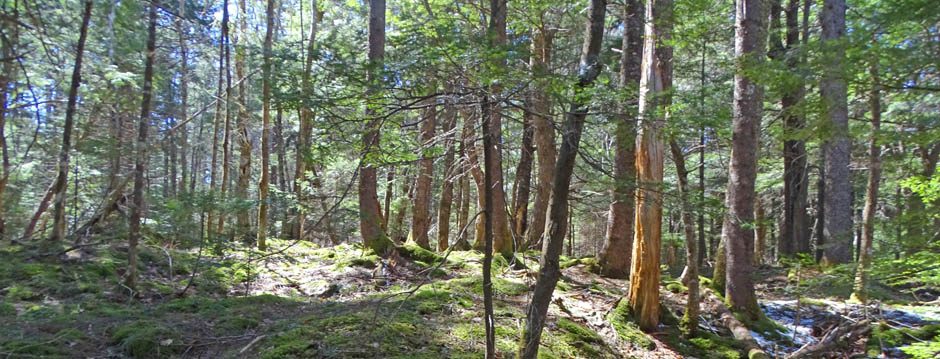| HWA in Nova Scotia Subpages – Eastern Hemlock Notes – About “In the Quiet & the Dark” – Comprehensive Info – The Adelgid – Pesticide Treatment (THIS PAGE) – Biological Control – Silviculture – Post HWA infestation Impacts |
“The only effective, short-term measure to maintain healthy hemlock stands is to employ chemical control using systemic injections of a neonicotinoid compound, imidacloprid (IMAJetTM). Imidacloprid has been effectively used against HWA throughout the eastern USA, saving hundreds of thousands of hemlocks. Once it reaches the canopy, the pesticide can provide protection for 4-7 years (McCarty, 2020)” – Miller & Crossland (2022)*
______________
*Matt Miller & Donna Crossland, 2022. Sporting Lake Nature Reserve Hemlock Treatment Research Project Final Report. Hemlock Conservation Nova Scotia, Report submitted to Nova Scotia Environment & Climate Change. Nova Scotia. 36 p.
From: McCarty, E., & Addesso, K. M., 2019. Hemlock woolly adelgid (Hemiptera: Adelgidae) management in forest, landscape, and nursery production. Journal of Insect Science, 19(2), p. iez031.
“Neonicotinoids were developed for their lower toxicity to vertebrates compared with older insecticide classes (Jeschke et al. 2011). Once neonicotinoids are applied, they are absorbed by the plant and translocated through the xylem up to the foliage (Castle et al. 2005, Byrne and Toscano 2006). This systemic activity provides control without applying insecticide directly to all foliage surfaces. Due to high efficacy with insect pest populations, low toxicity to vertebrates, systemic activity, and ease of application, neonicotinoids have become the most commonly used insecticide class worldwide (Sánchez-Bayo and Hyne 2014). Dinotefuran and imidacloprid (U.S. Environmental Protection Agency 1994, 2004) are the most commonly used neonicotinoids for hemlock woolly adelgid suppression in forest settings, but both products are also appropriate for landscape use (Table 1). Imidacloprid can be applied to hemlocks via numerous application methods, including soil drench, soil injection, trunk injection, trunk spray, and slow release tablets (Cowles et al. 2006, Coots et al. 2013). Insecticide costs can be limiting for some management programs; however, availability of generic imidacloprid has reduced cost of treatments, enabling management programs to treat more trees.
“Imidacloprid does not cause immediate mortality of hemlock woolly adelgid infesting mature trees. Once applied to the soil, imidacloprid is translocated from hemlock roots to foliage and begins providing hemlock woolly adelgid control in approximately 3 mo (Coots et al. 2013). Control is more rapid in saplings and smaller trees. The concentration of imidacloprid within hemlock foliage peaks between 9 and 15 mo after soil application (Dilling et al. 2010, Coots et al. 2013). Hemlock woolly adelgid populations are effectively suppressed for multiple years after a single imidacloprid treatment (Cowles et al. 2006, Coots et al. 2013, Eisenback et al. 2014, Mayfield et al. 2015). Olefin, an insecticidal metabolite of imidacloprid, is over 10 times more toxic to insects than imidacloprid and greatly contributes to the longevity of imidacloprid treatments in hemlock (Nauen et al. 1998, Coots 2012). Residues of imidacloprid and olefin are present in hemlock foliage and maintain low hemlock woolly adelgid populations for up to 7 y post-treatment, possibly longer (Benton et al. 2015, 2016a and 2016c). The presence of both imidacloprid and olefin increases the degree and duration of insect suppression (Nauen et al. 1998, Benton et al. 2016c).”
